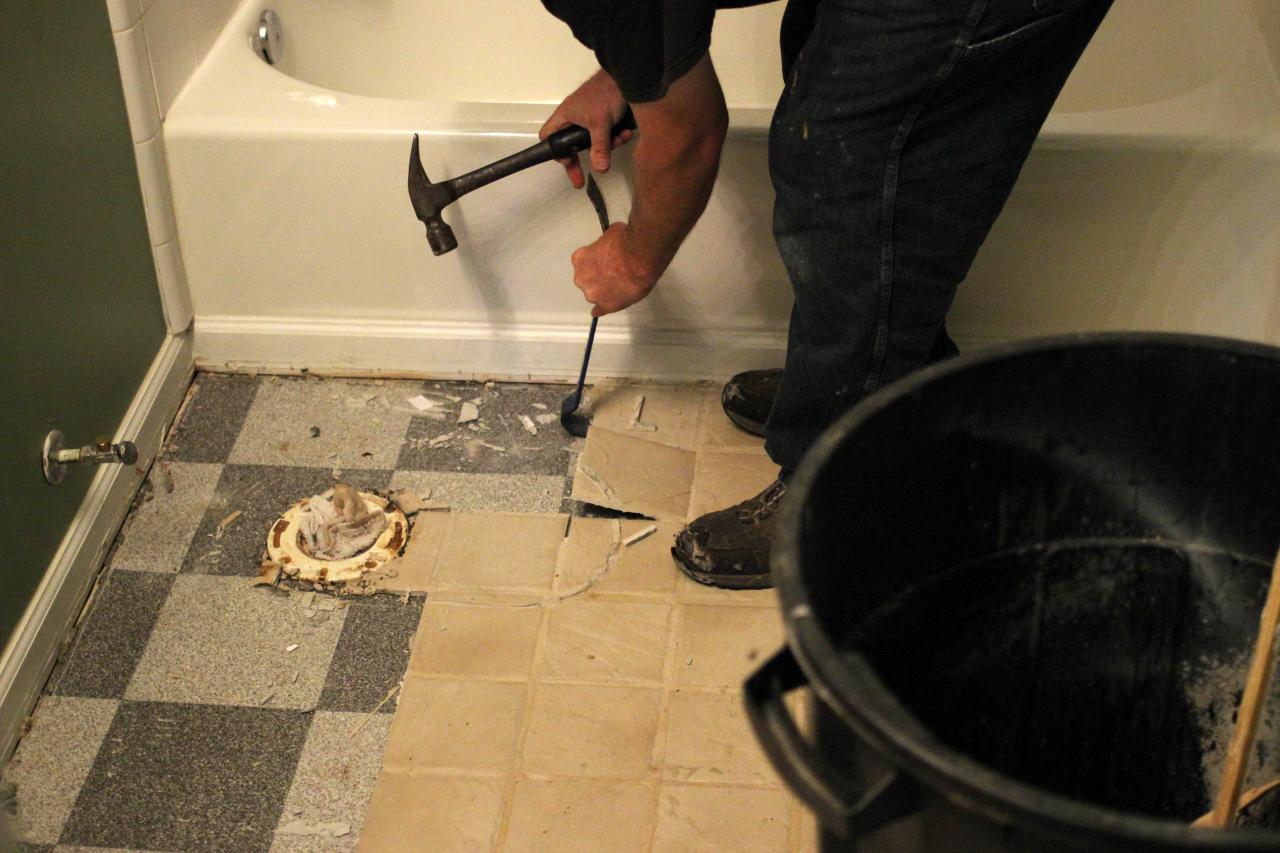Have you ever looked at your concrete floor and felt a wave of despair wash over you as you see the sticky residue clinging to its surface? Whether it’s from spilled paint, dropped glue, or even the remnants of a DIY project gone wrong, sticky residue can be a real pain to remove. But don’t worry, we’re here to help. This comprehensive guide will walk you through the process of removing sticky residue from your concrete floor, leaving it looking as good as new.

Image: viewfloor.co
Imagine yourself in your garage, about to start a new project. You grab your favorite can of paint, eager to transform your workspace into a masterpiece. But then, disaster strikes! The paint slips from your grasp and splatters all over your concrete floor. You sigh, wishing you had a magical solution to erase the sticky mess. Don’t worry, this guide will equip you with the tools and insights to conquer any sticky residue that dares to mar your concrete floor.
Delving into the Sticky Situation: Understanding the Cause
Before we dive into the removal process, let’s understand what causes sticky residue on concrete floors. The culprits vary, but there are a few common culprits:
- Paints and coatings: They often leave behind a stubborn residue that can be challenging to remove. Acrylic paints, for example, are known for their tenacious grip.
- Adhesives: Glue sticks, super glue, and even epoxy resins can leave behind a persistent sticky mess.
- Spills: Spilled sugary drinks, honey, and other sticky substances can leave a sticky film on the concrete.
- Outdoor exposure: Tree sap, bird droppings, and other outdoor elements can leave behind a sticky residue on concrete.
Tackling the Problem: Removal Methods
Now, let’s get down to the nitty-gritty and explore various methods to remove pesky residue from your concrete floor.
1. The Power of Patience: Gentle Approaches
For many sticky substances, a gentle approach is the most effective. Here’s what you can try before resorting to harsher solutions:
- Warm Water and Dish Soap: For light residue, a simple solution of warm water and dish soap can work wonders. Apply the soapy mixture to the affected area, let it sit for a few minutes, and then scrub gently with a sponge or cloth.
- Vegetable Oil and Baking Soda: The combination of oil and baking soda can effectively break down some types of sticky residue. Apply a thin layer of vegetable oil to the affected area, sprinkle on some baking soda, let it sit for a few minutes, and then scrub gently with a sponge or cloth.

Image: www.youtube.com
2. Breaking Down the Bonds: Chemical Solutions
Sometimes, a more aggressive approach is needed to tackle stubborn residue. Here are some chemical solutions you might consider:
- Acetone: Acetone, commonly found in nail polish remover, is a powerful solvent that can effectively remove many types of glue and paint residues. Apply a small amount of acetone to a clean cloth and gently rub the affected areas. Be cautious with acetone because it can damage certain materials. Test it in an inconspicuous area first to ensure it doesn’t negatively affect your concrete.
- Mineral Spirits: Mineral spirits, also known as paint thinner, can be used to remove oil-based paints and residues. Apply mineral spirits to a clean cloth and gently rub the affected areas. Be sure to work in a well-ventilated area because mineral spirits can be flammable.
- Goo Gone: This commercial product is specifically designed to remove sticky residue from various surfaces, including concrete. Apply Goo Gone to the affected area, let it sit for a few minutes, and then scrub gently with a sponge or cloth.
3. Abrasive Action: The Gritty Approach
If you find yourself battling stubborn residue that has resisted gentler methods, it’s time to bring out the heavy artillery:
- Steel Wool: Fine-grade steel wool can be used to scrub away sticky residue. Gently rub the steel wool over the affected area, working in a circular motion. Be cautious with steel wool, as it can scratch some surfaces.
- Sandpaper: For more tenacious residue, sandpaper can be a valuable ally. Start with a fine-grit sandpaper and gradually work your way up to coarser grits if necessary. Be careful not to over-sand, as it can damage the concrete.
Expert Tips for Success
Here are some additional tips from experienced cleaning professionals to enhance your residue removal efforts:
- Wear Gloves: Always wear gloves when working with chemicals to protect your skin from irritation and damage.
- Protect Your Eyes: Wear safety goggles to shield your eyes from potential splashes.
- Ventilate the Area: Ensure proper ventilation when working with strong chemicals or solvents to avoid inhaling harmful fumes.
- Test Before You Apply: Before applying any cleaning solution to the entire surface, test it on an inconspicuous area to ensure it does not damage the concrete.
Final Touches: Maintaining Your Clean Concrete
Once you’ve successfully removed the sticky residue, it’s important to maintain your clean concrete. Here are a few tips:
- Regular Cleaning: Sweep or vacuum your concrete floor regularly to prevent dust and debris from building up.
- Sealing: Consider sealing your concrete floor to create a protective layer that repels spills and makes cleaning easier.
How To Remove Sticky Residue From Concrete Floor
Your Concrete Floor’s New Lease on Life
By following this comprehensive guide, you can conquer sticky residue on your concrete floor. Remember to approach the cleaning process with patience, select the appropriate cleaning method, and always prioritize safety. With a little elbow grease and the right tools, you’ll be able to restore your concrete floor to its pristine glory. Now, go forth and reclaim your floors!






